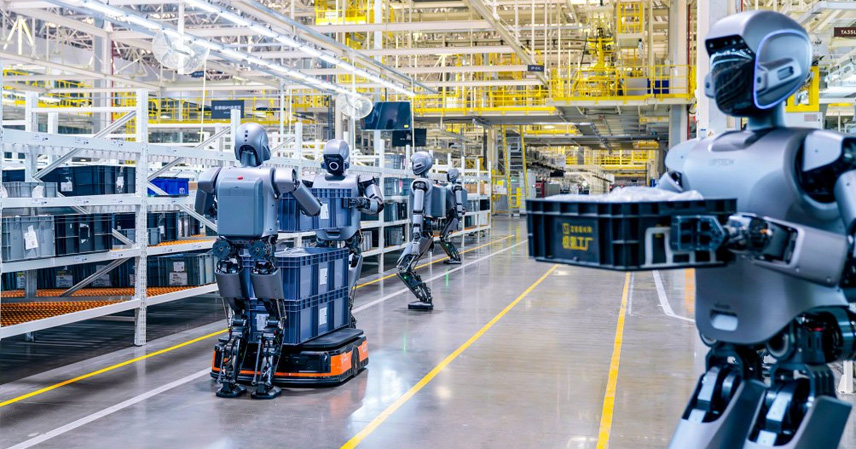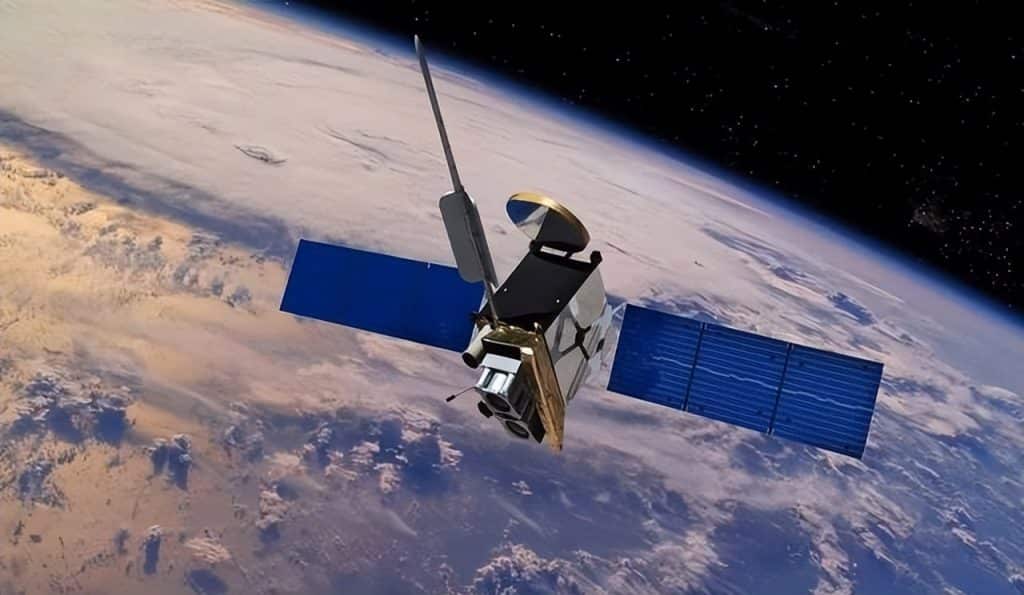In today’s era of rapid technological advancement, the wave of “machines replacing humans” is sweeping across factories worldwide. Industrial robots and automation equipment are increasingly visible on production lines, creating what seems to be an efficient and harmonious manufacturing landscape. Yet, many factories that hastily embraced automation soon found themselves struggling with a host of unexpected problems.
The first major challenge is the enormous financial burden. Purchasing industrial robots can cost hundreds of thousands—or even millions—per unit. On top of that, companies must invest heavily in automation systems and software integration. A leading electronics manufacturer, for instance, spent tens of millions of yuan building a fully automated production line. But the costs don’t end there. Skilled technicians can demand salaries in the hundreds of thousands annually, while routine maintenance, spare parts replacement, and inevitable system upgrades add to the long-term expenses. Worse still, as technology evolves at breakneck speed, expensive equipment may become obsolete within just a few years, leaving initial investments effectively wasted.
Equipment failures are another serious bottleneck. Robots and automated systems combine complex mechanical, electronic, and software elements, making repairs highly difficult. A car parts factory, for example, had to shut down for an entire week when a key welding robot broke down, resulting in losses worth millions and even risking breach of contract. Such unpredictable breakdowns make production schedules unreliable and undermine client confidence.
The human side of automation also poses significant challenges. As machines replace manual labor, frontline jobs disappear at an alarming rate. A clothing manufacturer cut nearly two-thirds of its workforce after adopting robots, leaving mostly older, low-skilled workers facing unemployment. While some companies offer retraining, the programs are often too complex for workers to master, and the number of new positions is far too limited to accommodate everyone. Displaced employees struggle with reduced incomes and bleak reemployment prospects, breeding dissatisfaction that disrupts internal harmony.
Even when machines and humans work side by side, coordination issues arise. In tasks requiring high flexibility, robots often underperform, necessitating human intervention. Yet, defining clear roles can be tricky. For example, in precision electronics assembly, robots handle most component installation while humans manage fine-tuning and inspection. But mismatched pacing—robots working too fast, humans lagging behind—creates bottlenecks, leading to inefficiency and higher defect rates.
Despite these challenges, “machines replacing humans” remains an inevitable trend in industrial upgrading. However, it must proceed with caution rather than blind enthusiasm. Companies should carefully weigh costs and benefits, strengthen maintenance and training systems, and handle workforce transitions responsibly. Meanwhile, governments should provide supportive policies, offering retraining and employment assistance to help workers adapt. Only through such balanced measures can automation truly serve as a driving force for industrial progress—rather than a source of endless problems.
References
- Industry case studies on automation challenges
- Reports on industrial robotics adoption in China and global manufacturing
- Labor market studies on workforce displacement due to automation



